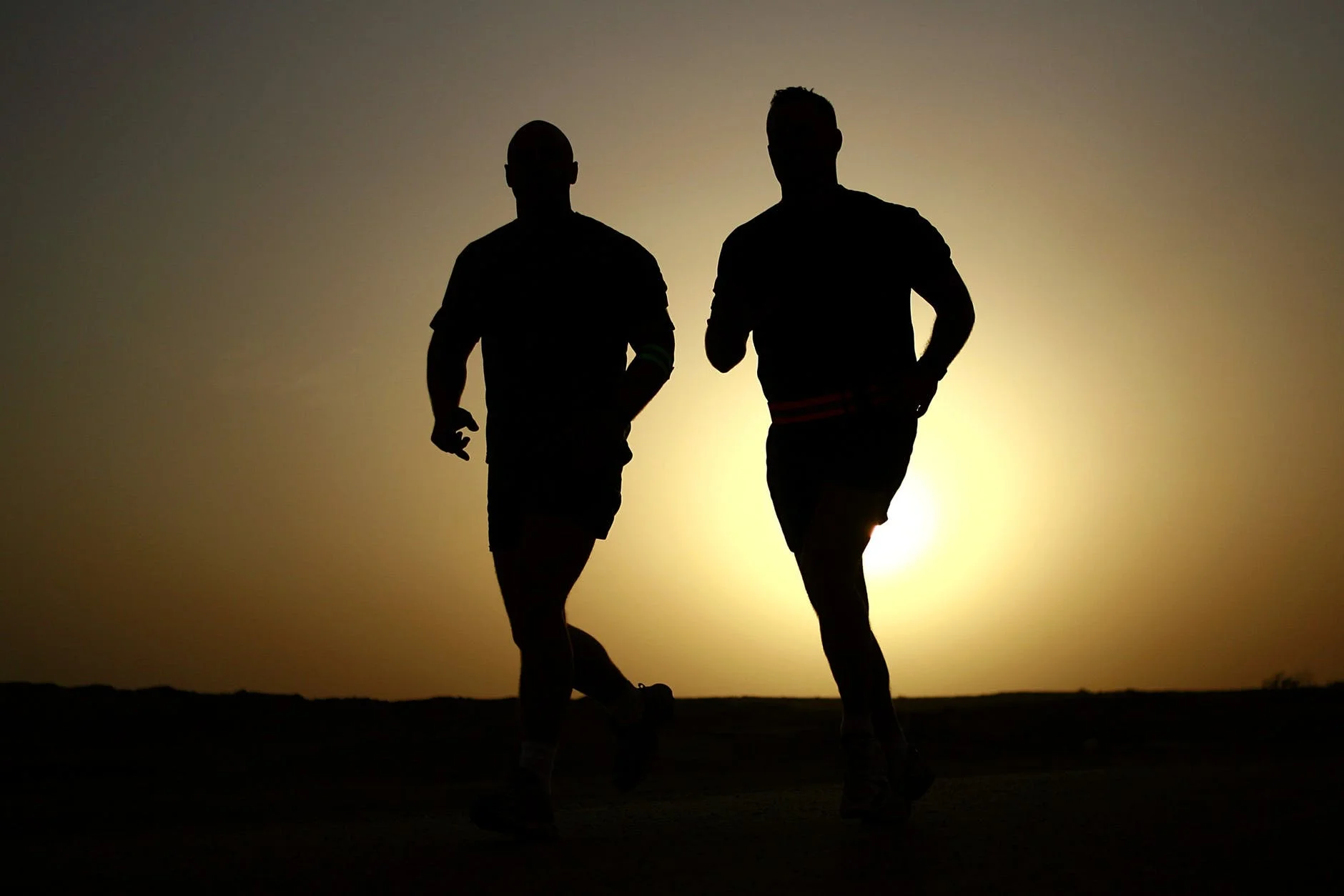Why Standing Can Be Better For Your Health Than Sitting
Is Sitting The New Smoking?
Standing Room Only: Why Standing CAN BE Better For Your Health Than Sitting
Do you spend most of your day at the office? Or work from home? Are you a full-time student? Or spend most of your time driving for a living? Well regardless the reality, quite simply, is that many of us today are sedentary. Sitting too much the majority of your day or taking too few breaks from sitting is bad for your health.
In contrast, spending more time standing can help to improve your overall health, help with chronic low back pain and even boost productivity!
WHY SITTING IS BEING TERMED THE NEW SMOKING
For the past decade, the evidence has continued to mount that leading a sedentary lifestyle comes with some potentially adverse health effects. For example, sitting for most of the day can increase your risk of fat gain and obesity, raise your blood-sugar levels, decrease insulin sensitivity, as well as increase your risk of heart disease.
Not all-sitting, of course. There are notable exceptions, for people who use wheelchairs, they are an elegant and essential solution.
Sitting Impact on Heart Disease And Premature Death
In one famous study from the 1950s, it was found that bus conductors who were moving all day had half the risk of heart disease death as colleagues who sat in the driver’s seat all day and a meta-analysis and systematic review of 18 studies conducted in 2012 found those who sit the most are almost 50% at risk of dying early than those who sit the least.
FAT BURN EFFECT
There are more calories burnt when standing vs sitting, as standing requires 20% more effort. Also extended periods of sitting (greater than 60 minutes) have been shown to suppress lipoprotein lipase activity - an enzyme involved in fat metabolism which means the body is more likely to store fat, and reduce the amount of dangerous circulating triglycerides too.
What is the ideal ratio of sitting to standing?
There is such a thing as over-standing too. One study from Dr Alan Hedge, a professor of ergonomics at Cornell University, published in the British Journal of Sports Medicine found that the optimal mix of sitting, standing and moving during any half-hour was 20 minutes of sitting, 8 minutes of standing and 2 minutes of moderate intensity activity. That’s sometimes referred to as the 20-8-2 rule.
The current recommendations for desk-based workers is to aim for 4 hours per day of standing and light activity (such as walking) during working hours to avoid the issues around "sitting-disease".
You can also invest in a standing desk, which is exactly what it sounds like - a desk that's designed for standing use. The better options allow you to easily adjust the height of the desk or platform so that it’s ergonomically optimised for typing and staring at the computer screen all day whether you are sitting or standing.
If you are on a budget just use a few boxes on top of your desk in place of a hi-tech solution if that's possible in your workspace.
PRODUCTS TO HELP YOU MOVE MORE:
Exercise May Not Be Enough
The important principle to keep in mind here is that you should mix it up when it comes to standing, sitting and moving. Sitting all by itself is not good for your health, but neither is standing all day, either. It’s best to add periods of standing with bouts of movement throughout the day, simply take breaks from sitting often.
References:
Buckley JP, Mellor DD, Morris M, et al, "Standing-based office work shows encouraging signs of attenuating post-prandial glycaemic excursion", Occup Environ Med (2014);71:109-111.
Ognibene, Grant T. BA; Torres, Wilson BS; von Eyben, Rie MS; Horst, Kathleen C. MD, "Impact of a Sit-Stand Workstation on Chronic Low Back Pain: Results of a Randomized Trial", Journal of Occupational & Environmental Medicine, doi: 10.1097/JOM.0000000000000615
Garret G, Benden M, Mehta P, Pickens A, Peres C, Zhao H, "Call Center Productivity Over 6 Months Following a Standing Desk Intervention", IIE Transactions on Occupational Ergonomics and Human Factors 4:2-3, pages 83-87.
Duvivier BMFM, Schaper NC, Bremers MA, van Crombrugge G, Menheere PPCA, Kars M, et al. (2013) "Minimal Intensity Physical Activity (Standing and Walking) of Longer Duration Improves Insulin Action and Plasma Lipids More than Shorter Periods of Moderate to Vigorous Exercise (Cycling) in Sedentary Subjects When Energy Expenditure Is Comparable." PLoS ONE 8(2): e55542.
Naama Shoham, Ruth Gottlieb, Orna Sharabani-Yosef, Uri Zaretsky, Dafna Benayahu, Amit Gefen, "Static mechanical stretching accelerates lipid production in 3T3-L1 adipocytes by activating the MEK signaling pathway", American Journal of Physiology - Cell Physiology, Jan (2012)
Owen, Neville et al. “Too Much Sitting: The Population-Health Science of Sedentary Behavior.” Exercise and Sport Sciences Reviews 38.3 (2010): 105–113. PMC. Web. 20 Aug. 2017.
Balkau, B et al., "Physical activity and insulin sensitivity: the RISC study.", Diabetes. 2008 Oct;57(10):2613-8. doi: 10.2337/db07-1605. Epub 2008 Jun 30. Morris, J. N., and Margaret D. Crawford. “Coronary Heart Disease and Physical Activity of Work.” British Medical Journal 2.5111 (1958): 1485–1496. Print.
Wilmot, EG et al., "Sedentary time in adults and the association with diabetes, cardiovascular disease and death: systematic review and meta-analysis", Diabetologia. (2012), Nov;55(11):2895-905. doi: 10.1007/s00125-012-2677-z. Epub 2012 Aug 14.
Bey, L et al., "Suppression of skeletal muscle lipoprotein lipase activity during physical inactivity: a molecular reason to maintain daily low-intensity activity.", J Physiol. (2003) Sep 1;551(Pt 2):673-82. Epub 2003 Jun 18.
Buckley, J.P., Hedge, A.,Yates, T., Copeland, RJ, Loosemore, M.,Hamer, M., Bradley, G., Dunstan, D.W. (2015) "The sedentary office: a growing case for change towards better health and productivity.", British Journal of Sports Medicine, 

![Animal Moves Deck [ADULT]](https://images.squarespace-cdn.com/content/v1/567155dca2bab819494ef093/1558612581439-TAG2UK5PVILUS5YMZJ3Q/Animal-Moves-Deck-Pack.jpg)
![Animal Moves Deck 2 [ADULT]](https://images.squarespace-cdn.com/content/v1/567155dca2bab819494ef093/1618502592359-KPL71LZUT7SXRM5C8U3Z/Animal+Moves+2+Deck.jpg)
![Animal Moves Deck [KIDS]](https://images.squarespace-cdn.com/content/v1/567155dca2bab819494ef093/1583850924127-6WQH7I6B41O9T3IDIOQ0/07-Tarot-Pack-Mock-Up.jpg)









